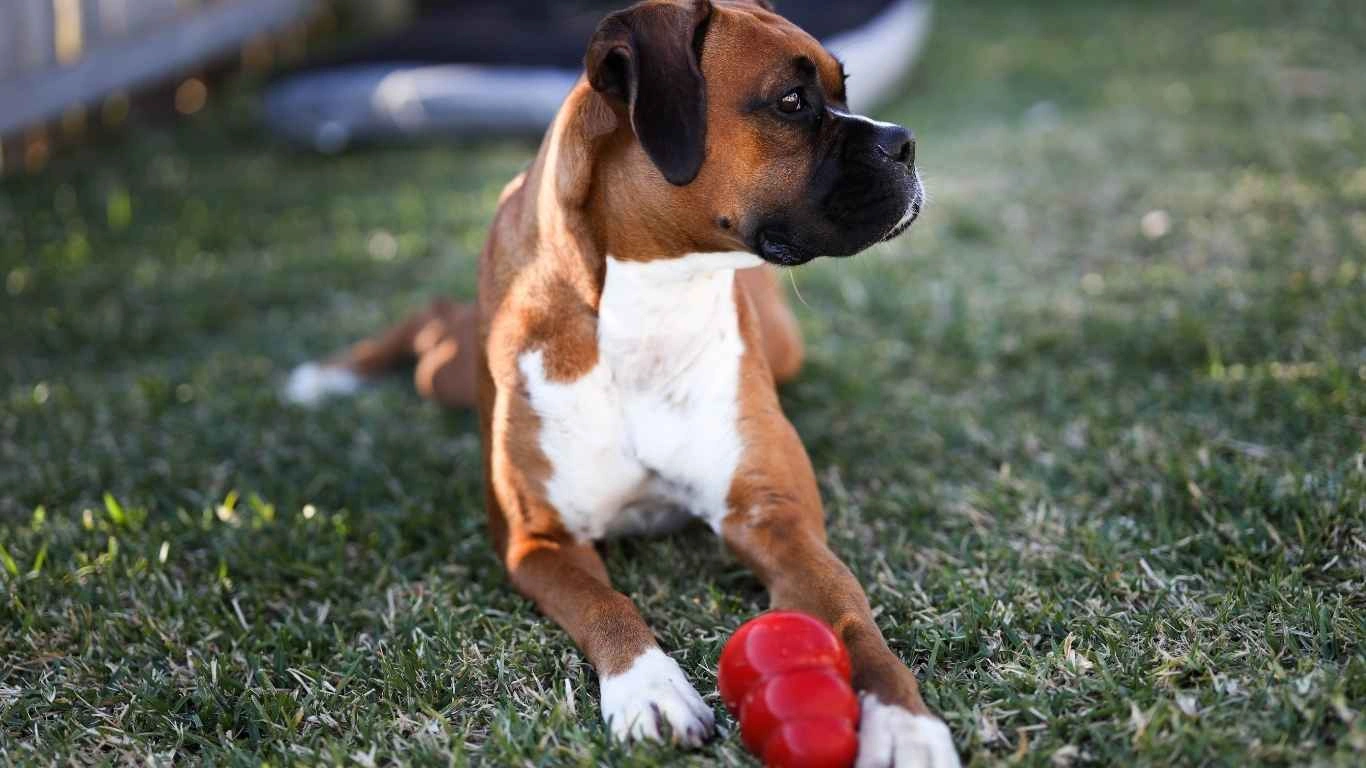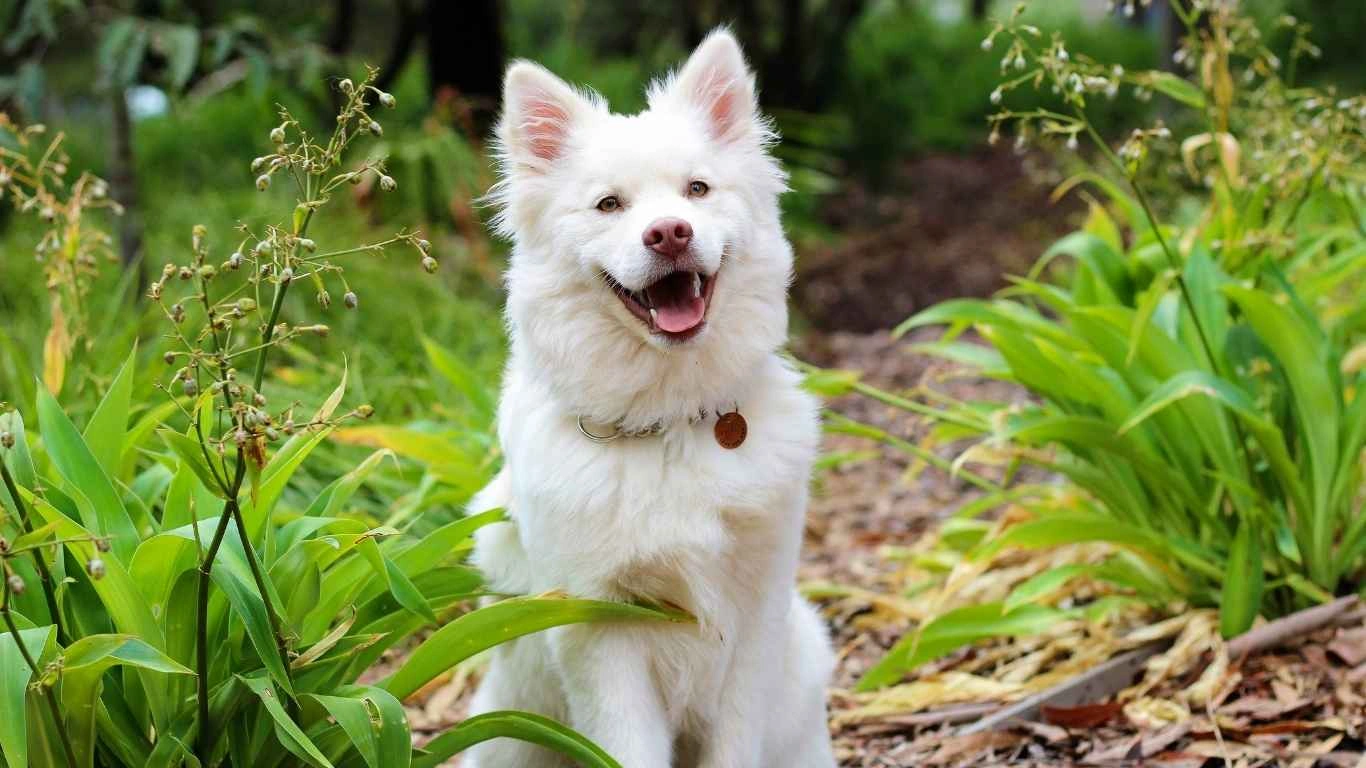Can Dogs Eat Celery Sticks Safely? Vet-Approved Tips You Need to Know
Can dogs eat celery sticks safely? That’s a question I hear more often than you’d think—whether it’s from dog parents dropping by our clinic or folks at the shelter curious about giving their pups something crunchy and fresh. If you’ve ever prepped a salad and noticed your dog giving you the big, hopeful eyes, you’ve probably wondered if sharing a celery stick is okay. As someone who’s spent years working directly with animals in clinics and shelters, I’ve seen firsthand how even healthy snacks can become not-so-healthy if we’re not careful. So let’s dive into this crunchy green question with all the know-how you need to feel confident about tossing your pup a celery treat—or knowing when to skip it.
Can Dogs Eat Celery Sticks Safely?

Alright, let’s not keep you hanging: yes, dogs can eat celery sticks safely—in moderation and with a few precautions. Celery isn’t toxic to dogs, and many pups actually love the satisfying crunch. It’s low in calories, high in water content, and can even help freshen their breath. That said, not every dog is the same, and just like people, some dogs digest certain veggies better than others.
When I was working the intake desk at our local shelter, we’d get all kinds of questions about treats and diet from new adopters. One pup—sweet little lab mix named Bailey—used to go absolutely nuts over celery. But after a few rounds of, well… let’s just say gastrointestinal fireworks, we had to recommend something a little gentler for her belly. So while it’s safe for many, it’s not a one-size-fits-all answer.
What Makes Celery a Potentially Healthy Dog Snack?
Celery packs a solid nutritional punch—not just for us humans, but for our furry friends too. Here’s a quick breakdown of what your dog gets with each crunchy bite:
- Low in calories: Great for overweight pups or those on a weight management plan.
- High water content: Celery is about 95% water, which helps with hydration (especially useful on hot days).
- Rich in fiber: Promotes regular bowel movements—but too much can backfire, so start small.
- Natural source of vitamins: You’ll find Vitamins A, C, and K, along with folate and potassium.
- Freshens breath: That crunch can help scrape away plaque and leave your pup’s breath less… doggy.
As someone who’s trimmed dog nails one moment and discussed diet plans the next, I can tell you—natural, low-cal snacks like celery can be a goldmine when used right. But you also have to weigh it against your dog’s individual health history and preferences.
When Celery Becomes a No-Go
While celery has a lot going for it, it’s not for every dog. Here are a few red flags to keep in mind:
- Choking hazard: Especially for small dogs or pups who tend to gulp their food. Always chop celery into bite-sized pieces.
- Digestive upset: Too much can lead to gas, bloating, or diarrhea. Start small and watch for changes.
- Underlying health conditions: If your dog has kidney issues or is on a special diet, check with your vet before adding new snacks.
- Picky eaters: Not every dog likes celery! Some will sniff it and give you the “seriously?” face.
I remember this older terrier mix named Spike—super fussy eater. His family tried sneaking celery into his food thinking he wouldn’t notice. Let’s just say, he picked out every piece like a salad detective. Moral of the story? If your dog turns up their nose, no big deal. There are plenty of other safe snack options.
How to Safely Serve Celery to Dogs

If you’re thinking of tossing a few celery sticks your pup’s way, here’s how to do it safely:
Wash and Cut it Right
Always wash celery thoroughly to remove any pesticides or dirt. Then cut it into small, manageable pieces. For larger breeds, chunks about the length of your thumb are usually fine. For small dogs, go even smaller—think diced or shredded.
Raw or Cooked?
Most dogs do fine with raw celery, but if yours has dental issues or sensitive digestion, steaming the celery can make it easier to chew and digest. Just skip the salt or seasoning—dogs don’t need that stuff, and it can be harmful.
Mix it Up
Want to get creative? Here are a few dog-friendly ways I’ve seen celery served up:
- With a smear of unsalted peanut butter (just double-check it’s xylitol-free)
- Frozen celery sticks for teething puppies (soothing and crunchy!)
- Blended into homemade dog treats or popsicles
In the clinic, we’d sometimes suggest frozen celery for dogs with mild inflammation or teething pain—it works surprisingly well when they just need something cold to gnaw on.
What the Experts Say

Veterinarians generally agree that celery is a safe, low-risk snack for dogs. But just like I would in a shelter or during a clinic consult, I’d always suggest checking with your vet—especially if your dog has health conditions or is on a prescribed diet.
The American Kennel Club (AKC) lists celery as safe for dogs, emphasizing small portions and proper preparation. From my own hands-on experience, I’ve seen the difference in dogs who eat mindfully (with a little help from their humans) versus those who sneak food off counters and pay the price later. So when in doubt? Ask a pro or start slow.
How Much Celery is Too Much for Dogs?

Now that we’ve covered the basics, let’s talk quantity. I get this question all the time at the shelter and clinic: “How much celery can I actually give my dog?” It’s a great question because even healthy snacks can be too much of a good thing. I once had a client bring in their spaniel, Max, who had gone full veggie-lover and was munching on celery every single day like it was a snack buffet. Poor guy ended up with some pretty gnarly gas and loose stools—not fun for him or his humans!
So here’s the general rule of thumb: Treats—veggies included—should make up no more than 10% of your dog’s daily caloric intake. That means if you’re feeding your pup 600 calories a day, stick to about 60 calories max in treats. Celery is super low in calories, but that doesn’t mean you can feed it by the handful. A few small pieces here and there is plenty.
Here’s a rough idea based on dog size:
- Small dogs (under 20 lbs): 1–2 bite-sized pieces
- Medium dogs (20–50 lbs): 2–3 small sticks
- Large dogs (50+ lbs): Up to half a stick, chopped
Every dog is different, of course, so always start small and see how they react. I’ve had dogs come in who were fine with half a stalk, and others who couldn’t handle more than a nibble. It really does depend on the dog.
Can Puppies Eat Celery Sticks?

Here’s where things get a little more nuanced. Yes, puppies can eat celery, but with more caution than adult dogs. Their digestive systems are still developing, and they’re more likely to experience an upset stomach if they eat too much fiber at once. I always tell new puppy parents in our clinic—introduce new foods slowly and one at a time, so you know what’s causing a reaction if something goes sideways.
Celery can actually be a soothing chew for teething puppies, especially when frozen. I’ve seen quite a few squirmy pups gnaw on cold celery with the kind of blissed-out look that makes you wish they’d stay that little forever. Just make sure it’s cut small enough to avoid choking and never let them chew unsupervised.
Pro tip from the shelter floor: mix a small piece of celery with a bit of mashed pumpkin or plain yogurt and freeze it in a toy or ice cube tray. Dogs love the texture, and it keeps them busy without any added junk.
Can Dogs with Allergies Eat Celery?

This is a great question and one I’ve run into multiple times over the years. The short answer is: usually, yes. Celery is not a common allergen for dogs. But that doesn’t mean it’s impossible. I’ve worked with a few dogs who had really sensitive stomachs or immune systems, and even the most basic fruits and veggies would set them off.
If your dog has a history of food allergies or is already on a limited-ingredient diet, it’s best to run celery (and any new food) past your vet first. Watch closely for signs like:
- Itchy skin or excessive licking
- Vomiting or diarrhea
- Red, inflamed ears
- Excessive gas or bloating
I had a case once with a German Shepherd named Luna who had every allergy under the sun. Her owners thought celery would be a safe, bland treat—turned out it didn’t sit right with her at all. So while celery’s generally considered hypoallergenic, it’s always better to be safe than sorry, especially with sensitive pups.
Best Alternatives to Celery for Dogs
If your dog isn’t a celery fan—or if they’ve had a bad reaction—there are still plenty of safe and healthy veggies to try instead. Here are a few that I’ve seen work wonders for dogs in both clinical and home settings:
- Carrots: Crunchy, sweet, and full of beta-carotene. Great raw or steamed.
- Green beans: Low-cal and satisfying. A hit at the shelter’s treat window!
- Sweet potatoes: Cooked and plain, they’re a fiber-rich fave for sensitive bellies.
- Cucumber slices: Especially hydrating during summer walks.
- Zucchini: Mild taste, low calories, easy on digestion.
From my own dogs to the dozens I see each week, these options are reliable go-tos. And remember—what works for one dog might not work for another. Some of the pickiest eaters I’ve known have turned into veggie lovers with a bit of experimentation.
Signs Your Dog Isn’t Tolerating Celery Well
Even if you’ve followed all the prep steps, it’s still important to know what signs to look for in case celery doesn’t sit well with your dog. Here’s what to keep an eye on after introducing it:
- Soft or runny stools — A common sign of too much fiber.
- Vomiting or nausea — Rare, but can happen if the celery wasn’t chewed properly.
- Excessive drooling or discomfort — Some dogs might gag if pieces are too stringy.
- Lack of appetite — If they stop eating after trying celery, take a break and consult your vet.
I once had a bulldog named Bruno—sweetest guy, total foodie. His owner gave him a few raw celery chunks and he immediately spit them out, then refused dinner. Turned out the texture was just too weird for him. Nothing serious, but a good reminder to watch how your dog reacts and not force a food just because it’s “healthy.”
Tips for Introducing Celery into Your Dog’s Diet

Okay, so by now you’ve got the green light that yes, dogs can eat celery sticks safely—with a few caveats. But how you introduce any new food into your pup’s routine really does matter. I’ve seen it go both ways over the years: dogs who happily crunched away on their new veggie snack like it was a gourmet treat, and others who reacted like you just handed them a stick from the yard.
Here’s what I usually recommend (and what’s worked with the dogs I’ve cared for):
- Start with a tiny piece — Seriously, just a nibble. See how your dog reacts in the next few hours.
- Watch for signs of upset — Things like soft stool, gassiness, or even disinterest in food could mean celery isn’t the right fit.
- Offer celery in different ways — Try it raw, steamed, or frozen. Mix it with a bit of dog-safe spread like pumpkin or peanut butter (no xylitol!).
- Make it a treat, not a meal — Celery should never replace your dog’s balanced kibble or protein-rich meals.
And most importantly? Have patience. Not every dog takes to new textures or tastes right away. I remember introducing celery to my foster collie, Jasper—he looked at it, looked at me, and just huffed. A few days later, I froze a piece with some banana and bam—instant favorite.
What About Celery Leaves? Are They Safe?

Funny enough, this is something I get asked more than you’d think. “Can I give my dog the leafy tops of the celery too?” Technically, yes—but with caution. Celery leaves are safe in small amounts, but they’re often a bit more bitter and can contain higher concentrations of pesticides if not washed thoroughly.
If you’re using organic celery and you’ve washed it well, a small amount of the leafy tops is okay to offer. But I usually suggest skipping them for picky eaters or dogs with sensitive stomachs. In my experience, most dogs prefer the crunchy stalks anyway—and it’s less risk of bitterness throwing them off the idea of veggies entirely.
When to Call the Vet
Even though celery is safe, it’s good to know when something’s not quite right. Here are a few signs that it might be time to put the celery down and give your vet a call:
- Persistent vomiting or diarrhea after eating celery (especially if it lasts more than 24 hours)
- Swelling around the face or mouth — could signal an allergic reaction
- Lethargy or refusal to eat — particularly if your dog usually has a healthy appetite
- Signs of choking or discomfort when chewing raw celery
Always trust your gut. You know your dog best. If something feels off, don’t wait it out. I’ve seen way too many situations where early intervention saved dogs from longer, costlier recoveries. I’ve personally helped manage emergency visits for dogs who had trouble with something as seemingly harmless as raw veggies—so when in doubt, reach out.
Wrapping It Up: Is Celery Right for Your Dog?
To circle back to the big question—can dogs eat celery sticks safely?—the answer is still yes, but not without a few ifs, ands, and buts. It’s not a miracle food, but it can absolutely be part of a healthy treat rotation, especially if your dog needs something low-cal, crunchy, and hydrating.
As an Animal Care Specialist, I’ve seen hundreds of dogs benefit from simple, nutritious add-ins like celery. But I’ve also seen dogs who flat-out refused it, or who didn’t tolerate it well. It’s all about knowing your dog, introducing it carefully, and remembering that variety and balance are what matter most.
Celery won’t solve all your dog’s health concerns, but as an occasional snack? It gets a thumbs-up (or paw-up!) from me. Just keep those portions bite-sized, wash everything thoroughly, and don’t forget—always watch how your pup responds.
References
Disclaimer
This article is based on personal experience as an Animal Care Specialist and general research from reputable veterinary sources. It is not intended as a substitute for professional veterinary advice, diagnosis, or treatment. Always consult your veterinarian before making any changes to your dog’s diet or care routine.






